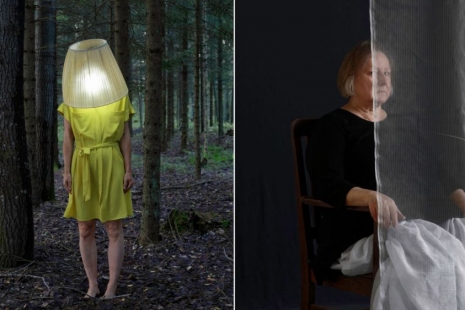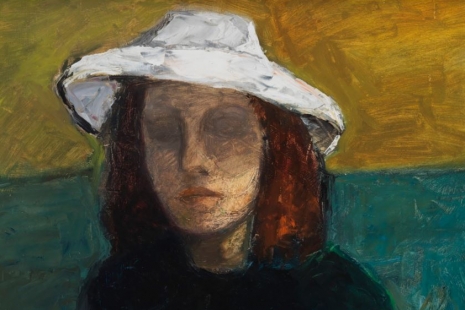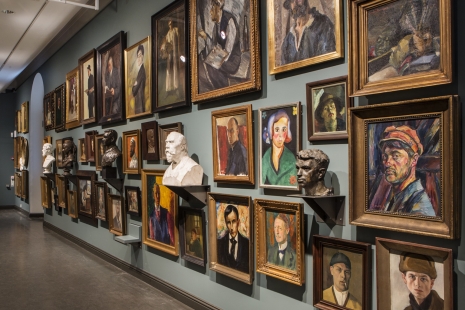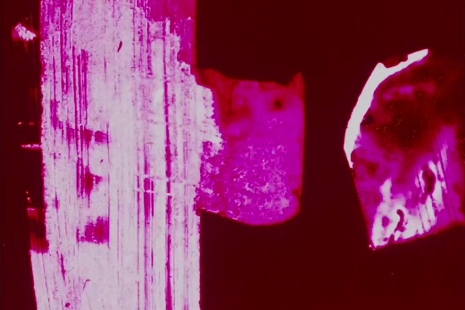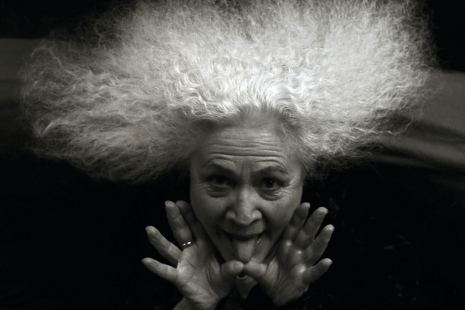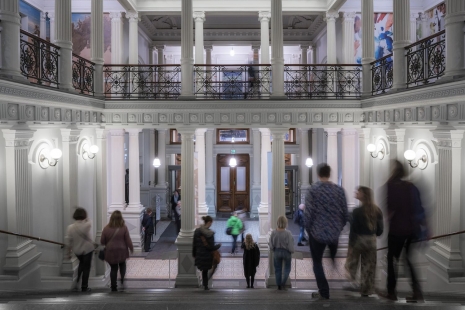The Ateneum is the home of Finnish art and part of the Finnish National Gallery. Our collection includes more than 20,000 national treasures; works of art that we all own together. We have art dating from the 19th century to modern.
From a palace costing millions to a temple of the arts
The name Ateneum refers to the Greek goddess, Pallas Athena, who was the goddess of knowledge and wisdom and the protectress of the state. Ateneum means the temple or shrine of Athena.
Beloved masterpieces of visual art by Albert Edelfelt, Akseli Gallen-Kallela, Helene Schjerfbeck, Hugo Simberg, Ellen Thesleff and other Finnish artists tell the story of Finnish art, while tracing the development of our nation.
International artists in our collection include Paul Cézanne, Marc Chagall, Paul Gauguin, Vincent van Gogh, Vilhelm Hammershøi and Fernand Léger. In recent years, we have held successful temporary exhibitions starring artists such as Tove Jansson, Amedeo Modigliani and Pablo Picasso.
The works in our holdings create shared views of the world, both past and future. We want to use the power of art to generate new perspectives, insights and empathy.
The Ateneum has been the home of art since 1888. Many of Finland’s great artists have studied in the building, which housed an art school until the 1980s. Even today, the Ateneum is a living house of art that invites people not only to exhibitions but also to thought-provoking events.
The Ateneum architecture
The Neo-Renaissance Ateneum building, designed by the architect Theodor Höijer, was completed in 1887. It opened to the public on 13 October 1888. The sculptural decorations on the main facade of the Ateneum building form a visual narrative that is all about equality and harmony between the visual arts and the applied arts. Another key theme is the connection of Finnish art and architecture to the tradition of Western art. Click on the question marks in the image for more information on details of the Ateneum building’s facade.

